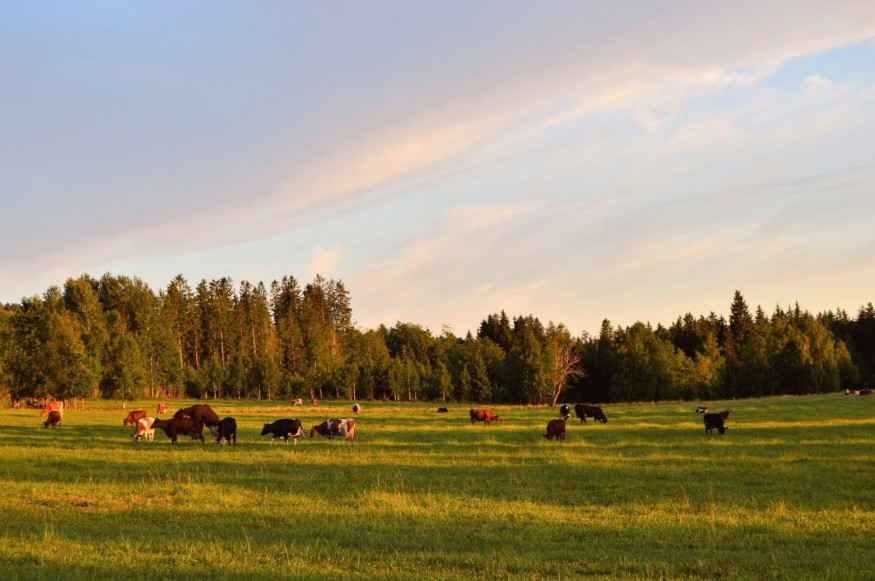
As most countries endured the extreme heat, hundreds of cattle died in the United States in late July.
State officials reported that unusual numbers of cattle deaths were recorded in Iowa, Kansas, and Nebraska.
Unusual number of deaths
A report from Reuters said that Iowa's Department of Natural Resources received a request to dispose of an estimate of 370 cows that died due to heat exhaustion in western Iowa.
Gary Vetter, a cattle farmer in the area, said he tried hard to safeguard local herds, but 53 cattle perished at three of his neighbors' feedlots during the last week of July.
"They just start dropping and there was nothing you could really do about it," Vetter said. "I've never seen anything like it."
Heat is typically more deadly for cattle weighing more than 1,000 pounds (450 kg), but temperatures and humidity climbed so high that even lighter 700-pound calves died.
According to the United States Department of Agriculture, Iowa is the sixth largest cattle-producing state, with 630,000 cattle in feedlots as of July 1.
Kansas received a request to dispose of 50 cattle due to heat stress this summer, according to Matthew Lara, a spokesman for the Kansas Department of Health and Environment.
When an early June heat wave took producers off guard, at least 2,000 cattle died in the state last year.
In Nebraska, the Department of Environment and Energy did not disclose the figures of cattle deaths; however, they claimed that they received numerous phone calls from producers who had experienced cattle deaths due to heat.
There are 2.3 million cattle in Nebraska feedlots and 2.4 million cattle in Kansas feedlots.
Read Also : Kansas Heat Wave Kills Around 10,000 Fat Cattle as Temperatures Reach over 100 Degrees Fahrenheit
Online weather tool
Christopher "Chip" Redmond, a meteorologist at Kansas State University, developed a seven-day animal comfort forecast tool called Kansas Mesonet for cattle farmers.
According to the Kansas State University website, the project aimed to work with growers and researchers to develop a forecast product that would estimate loss potential in the future.
According to Jackie Boerman, an associate professor in Purdue University's department of animal sciences, farmers must cope with the effects of climate change on a daily basis.
"We want to cool cows, but we also have to recognize that we want to also be environmentally sustainable," Boerman said, as quoted by WDIO.
The US government has recorded the lowest number of beef cows as a result of the drought, forcing ranchers to slaughter more due to a lack of forage to feed them.
In the annual report of the Department of Agriculture, there were 29.4 million beef cows in the country as of July 1.
This is a 2.6% decrease from the previous year.
It was the smallest herd to date since the government began keeping records 52 years ago, and it was the sixth consecutive year of dwindling beef cow numbers.
The AG Daily said Nebraska Representative Michael J. Flood wrote a letter to the U.S. Agriculture Secretary Tom Vilsack requested that the department and the Farm Service Administration respond rapidly to producers and process aid applications.
Nebraska Gov. Jim Pillen also contacted Vilsack to discuss the livestock losses, asking for immediate payment to producers.
Related Video:
© 2025 NatureWorldNews.com All rights reserved. Do not reproduce without permission.





